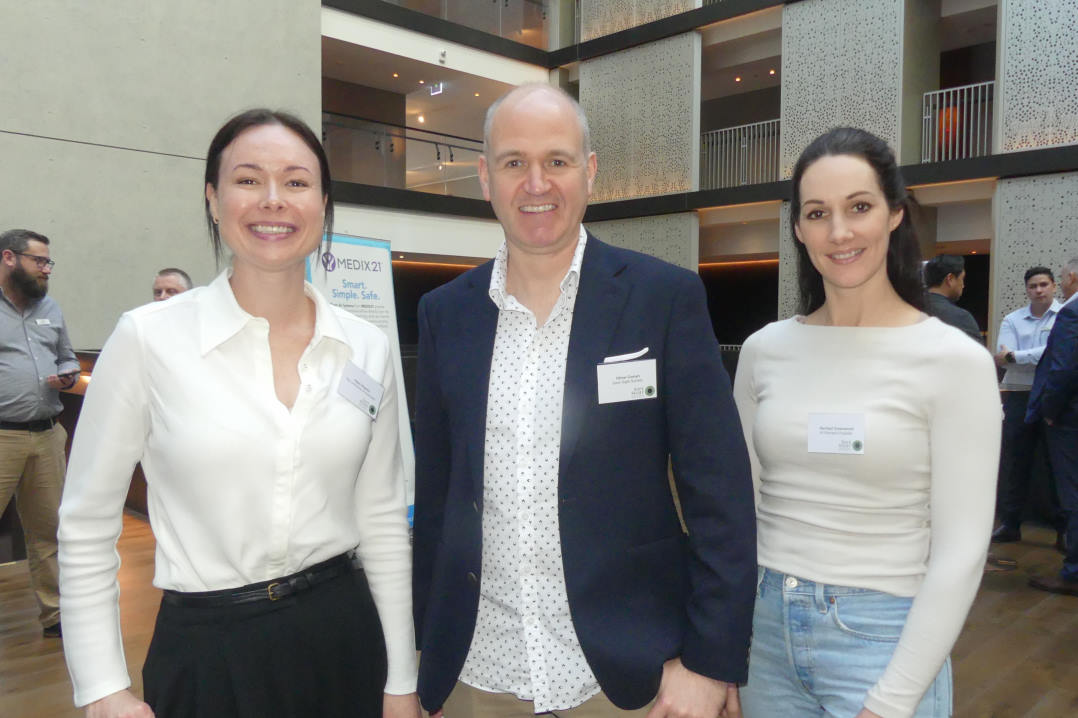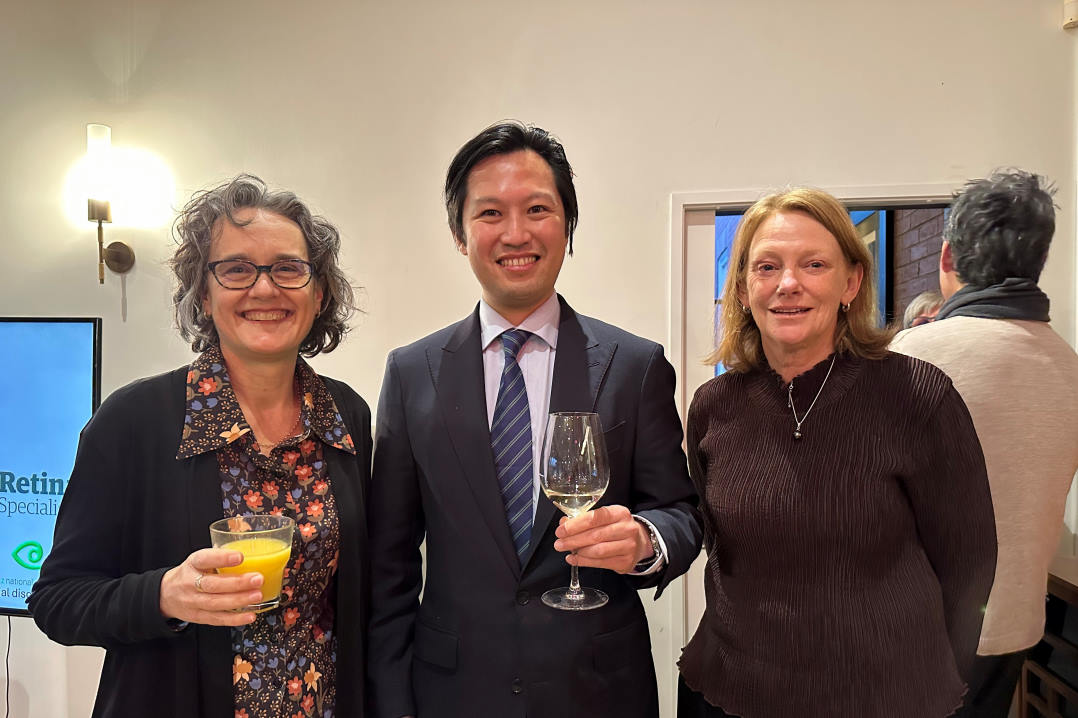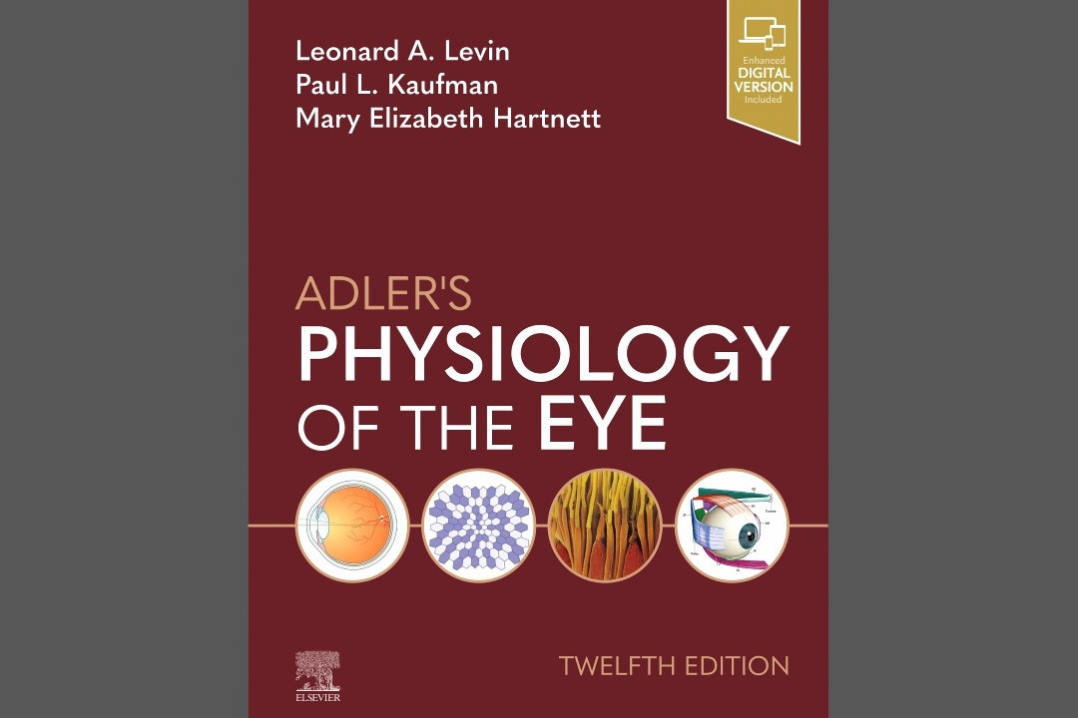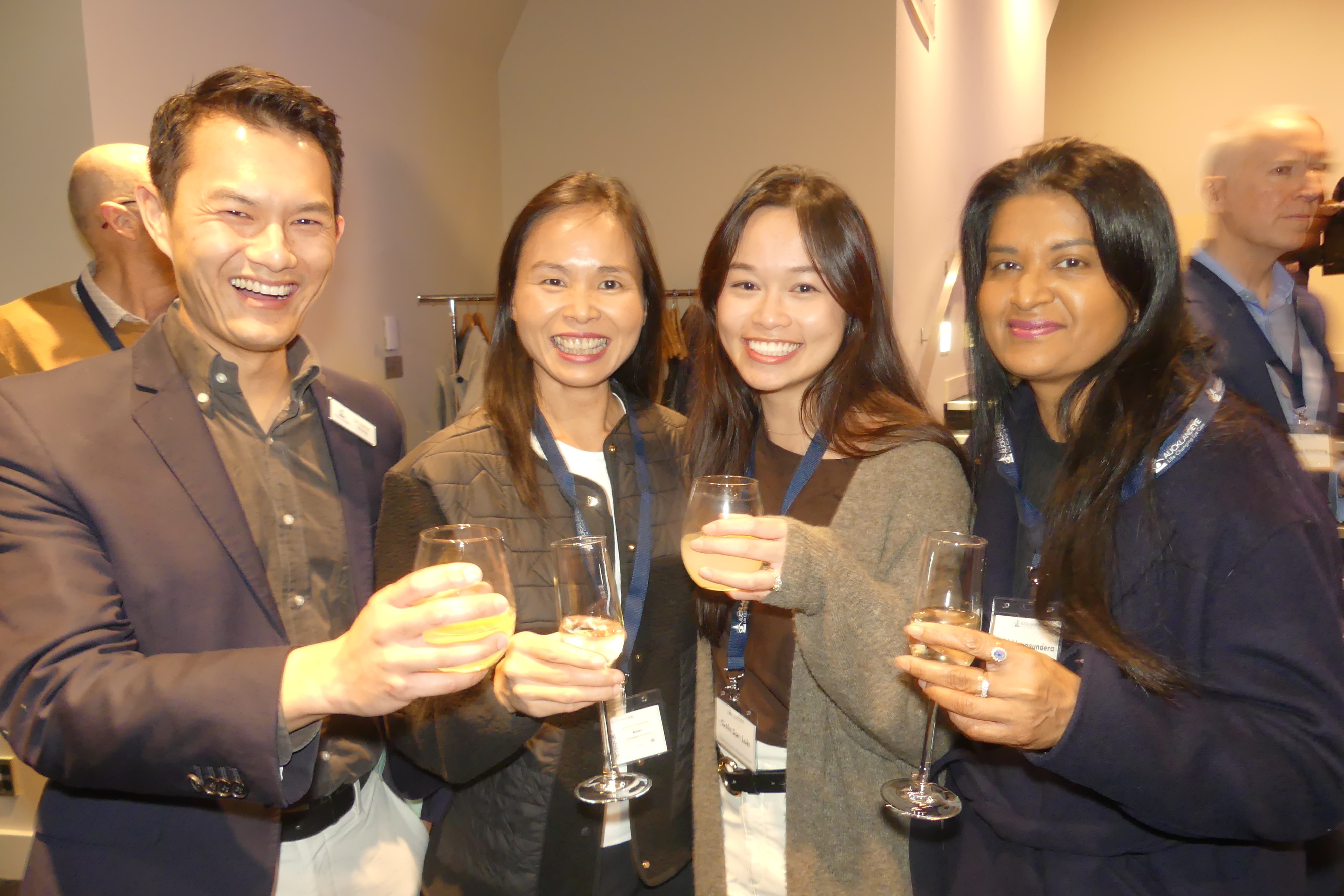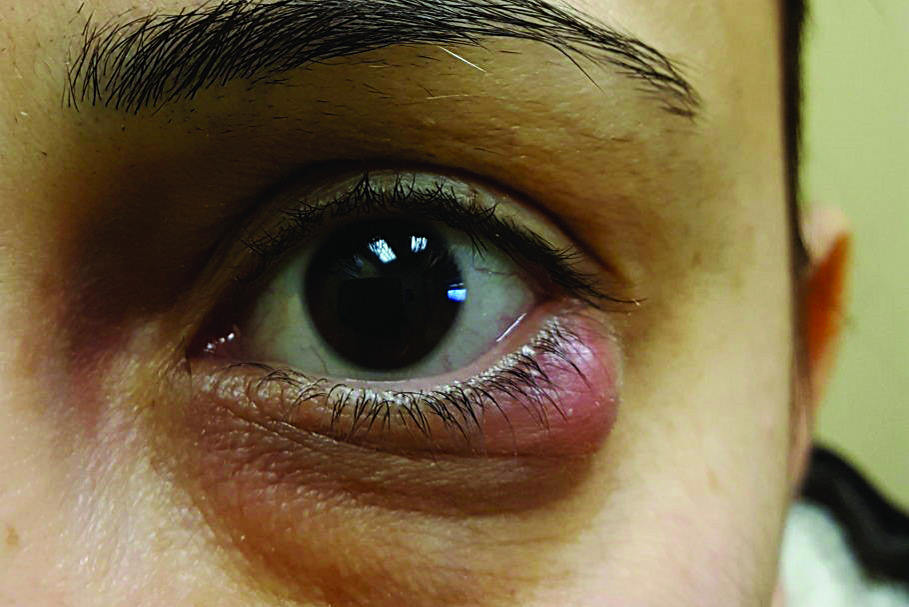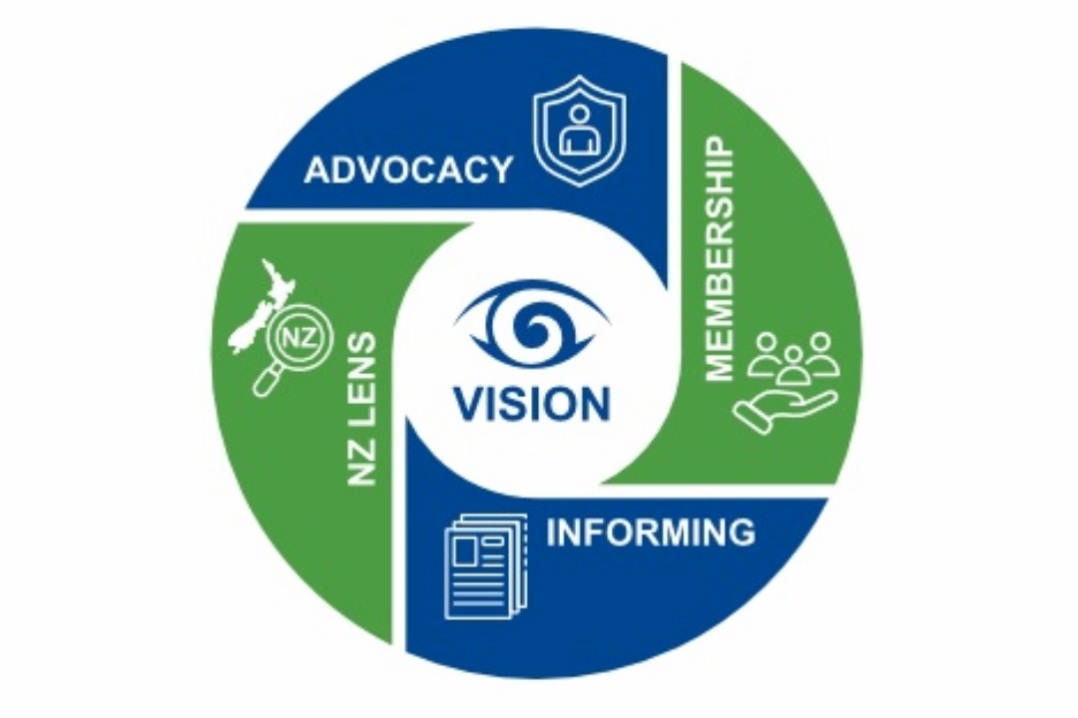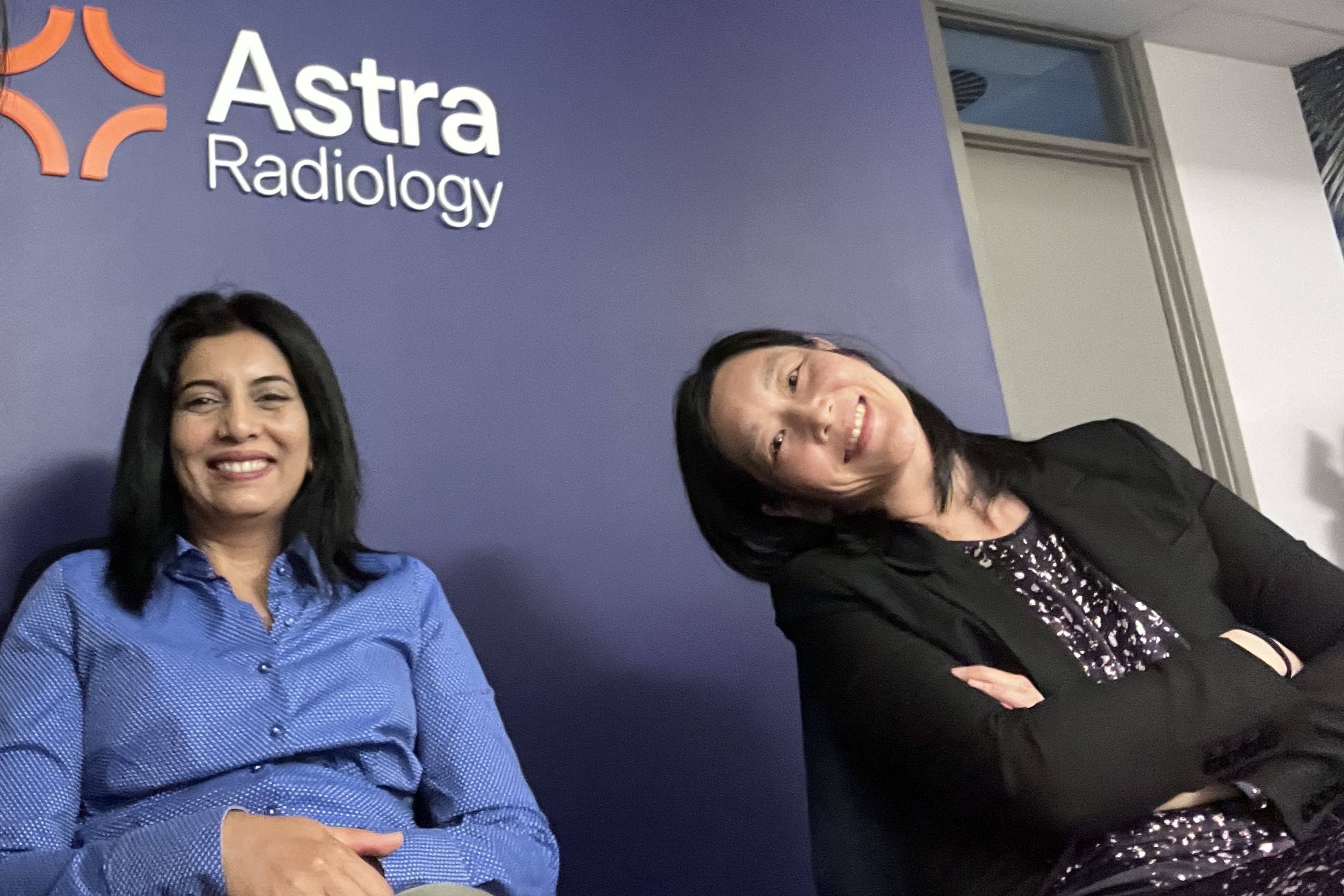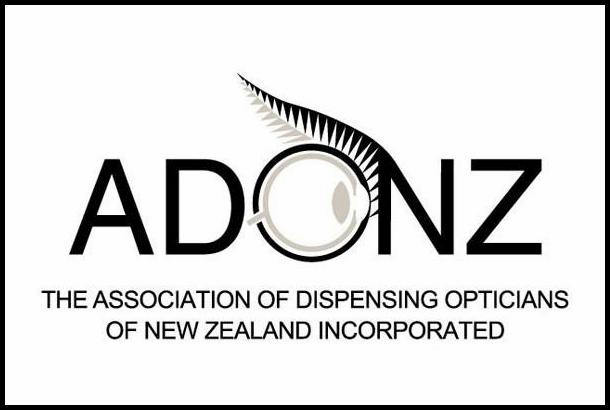Call for more grads, remote care to combat optom shortage
A new report from Deloitte Access Economics highlights the need to address the critical supply and distribution of optometrists throughout Aotearoa to ensure the profession keeps pace with growing demand over the next 20 years. Commissioned by Specsavers, the report analyses optometry needs and workforce availability out to 2042 and considers alternative care models to improve eyecare delivery and patient outcomes.
Topline results reveal that even with the base assumption of there being no shortage of optometry care today, without major interventions there will be a shortfall of around 270 optometrists in New Zealand by 2042. The North Island will be short 167 full-time optometrists, equating to a 27% undersupply compared to demand, while the South Island will be short 104 optometrists, a 38% undersupply, by 2042.
Given the lack of a national eye survey in New Zealand, the report’s authors noted it was difficult to estimate the prevalence of eye conditions and thus understand the areas of greatest need for eyecare services. The number of optometric consultations should surpass 1.2 million by 2025¹, it said, primarily driven by an ageing population, an increase in chronic conditions, such as diabetes and obesity, and improved detection and diagnosis of eye conditions at earlier stages. “In addition, the disruption and challenges to access faced by patients and healthcare professionals during the Covid-19 pandemic has highlighted opportunities to consider the future delivery of optometry care.”
With Auckland University’s BOptom course close to capacity (50-60 graduates per year), the number of optometrists entering the New Zealand workplace is unlikely to increase significantly and could actually decline as graduates take advantage of new, more favourable immigration rules for Kiwis entering Australia, said Dr Ben Ashby, Specsavers optometry director. “The cost of avoidable vision loss to the public health system runs into the billions of dollars, therefore ignoring the serious threat posed by a shortfall of optometrists will undoubtedly lead to an increased impact on the public health system and, most importantly, the quality of life for all New Zealanders.”
Though the report had to assume there were no current shortages, to ensure the analysis started from a best-case scenario, anyone involved in optometry practice in New Zealand today knows this is not the case, said Dr Ashby. Specsavers itself has optometry vacancies at 45% of its New Zealand stores, and 60% in outer-regional locations, he said. “With only one university offering an optometry course, combined with the changing demands of a modern optometry workforce looking for increased flexibility and urban living, it is evident this is a gap that will be difficult to close.”
Echoing one of the report’s key recommendations, Dr Ashby said he’d like to see another university in New Zealand offering optometry, preferably in the South Island and with strong ties to ophthalmology, since graduates tend to stay around their universities and it’s easier to build stronger ties between optometry and ophthalmology when they’ve worked closely together from the start. The trouble is setting up something like this takes time, he said, which is why Specsavers has commissioned and released the report now and is working with other eye health groups, such as Eye Health Aotearoa, to get the word out before the problem escalates.
Remote eyecare
Specsavers is also trialling remote eyecare delivery – another of the report’s recommendations to alleviate current optometry shortfalls. Remote care is almost the reverse of telehealth, said Dr Ashby. “The patient attends the store, but the optometrist is remote.” This maximises Specsavers’ care model, which employs and trains technicians to conduct preliminary testing with an OCT, tonometer and autorefractor, before asking some basic triage questions and passing the patient and their results to the optometrist. The remote optometrist can interact directly with the patient via a video livestream, said Dr Ashby. The clinical technician acts as the ‘arms’ of the optometrist in the testing room, moving equipment such as the phoropter and slit lamp into place so the optometrist can view the patient’s pre-test results and imagery, as well as review and analyse slit lamp assessments via video. “The optometrist also has remote control of the phoropter to conduct the refractive exam as if they were in the room,” said Dr Ashby.
This practice is already employed by Specsavers in Europe and is being trialled in Shepperton in Australia, but always at stores with at least one in-house optometrist who can see the patient if any pathology is identified.
The purpose of remote care is to provide additional services for practices which, due to circumstances such as location or workforce shortages, are unable to provide the critical eyecare needed for their community in a timely fashion, said Dr Ashby. “Many of our regional practices already have wait lists of up to six weeks for an eye test due to local workforce shortages. The remote eyecare model would also offer solutions to modern workforce problems faced by the optometry profession, for example the need for flexible working options and a strong desire to live in urban areas.
Given the findings of the Deloitte report, the undersupply of optometrists, particularly outside urban locations, is only likely to get worse, he said. “With all of this in mind, it is imperative we are looking at alternative models of care utilising 21st century technology so we can ensure the people of Aotearoa have access to sight-saving eyecare services no matter where they live.”
To see the full Deloitte report, click here.
- Ramke J et al (2022), Defining eye health for everyone. Ophthalmic Physiol Opt. 42: 1-3











